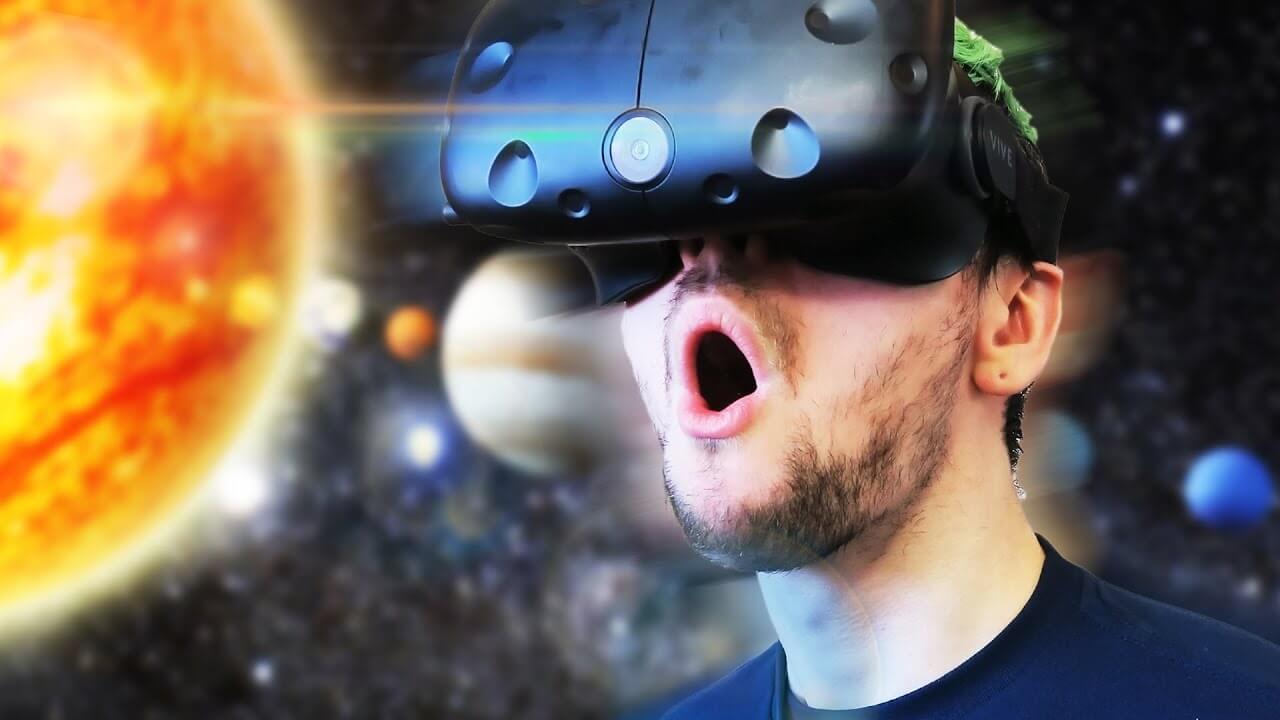Virtual Reality is a hot commodity in the modern industry and has come a long way from being pigeonholed as a niche gimmick or gaming product. Many tech companies and businesses use the emergent hardware developments to train and educate their staff, prepare for future occupations, and even simulate scenarios that weren’t possible previously.
Here are some interesting uses for Virtual Reality in practice today.
Space Travel
The training regimes associated with space travel are often looked upon as extremely intensive, rigorous, and grueling, and are done so in order to prepare an astronaut’s body for the physical trials and tribulations of space. But what about the mental training for astronauts, and accurate simulation of what they will experience visually once they’ve vacated our atmosphere?
Well, in NASA’s Johnson Space Center, the engineers use an extremely high-end software entitled DOUG: Dynamic Onboard Ubiquitous Graphics. Their state-of-the-art Virtual Reality Lab goes above and beyond to stimulate and prepare all senses, with life jackets that astronauts must wear, and even devices that simulate the sensation of mass and large objects, providing authentic feedback that you couldn’t achieve with the average headset. There is a wide variety of equipment for virtual reality available today.
Virtual Reality is also being used to inspire and educate the general public on the wonders of space. In 2018, National Geographic released the first-ever 3D VR video to be shot in space, allowing the layman to stand alongside astronauts such as Chris Hadfield and experience the stunning views that are impossible to achieve for most people.
Property Investment
VR has permeated a variety of other professions and industries that you might not expect. In construction, the technology has become an evolution of the computer-generated image and blueprint, allowing developers to get a glimpse as to what their project might look like upon completion.
RW Invest is one of the property investment companies at the forefront of this revolutionary tech, using VR to display off-plan properties across Liverpool and Manchester to the potential investor. The software simulates high-quality views of their properties from different angles, giving buyers a feel for the area in location to the other amenities in the city, and helping to remove some of the uncertainty that was once associated with this investment strategy. This is also a great help to the international investor that might not be able to get to the site regularly for viewings. They can simply view through a VR unit their prospective flat as it develops.
Railway Development
The multi-million-pound HS2 rail line development aims to help bridge the gap between the north and south divide, and while the project faces uncertainty at the moment, facing a worrying delay and the high chance of severe additional costs, the promise of the technology and the application of VR to train its staff is indicative of what many future companies may strive to achieve.
The integration of VR (and also Augmented Reality, which overlays imagery onto an existing view rather than completely immersing the user) in the HS2 project look into coaching staff on environments and jobs that have not yet been built and providing 3D models to help speed up the building process.

